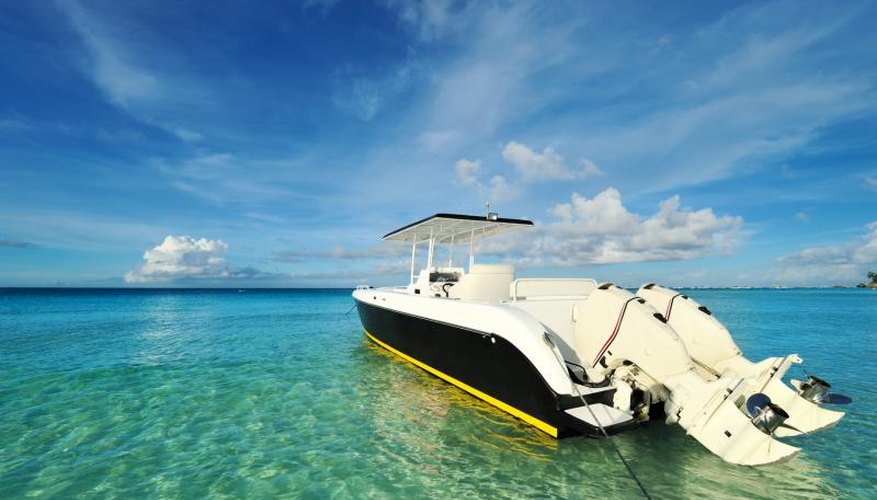
Stability in bumpy seas and superior flotation capabilities in an emergency are the hallmarks of a trimaran, whether sail or powered. They're also two of the bigest advantages a tri-hull boat offers its owners. A third, additional space for passengers or stowage of your gear -- or the boat's -- varies according to the particular boat's design. Their small draft also means they can take on shallow-water and beach landings with something approaching impunity.
Comfort, Speed and Safety
A trimaran's three hulls make you sail flatter -- it won't heel over in a turn and, in seas that would have a monohull rolling, the "tri" stays flat. Their interior spaces are also larger, compared to monohull vessels of comparable size. Trimarans are faster than monohulls because their load is distributed across three hulls, not one. Each hull rides higher and means less boat in the water, which reduces drag. Trimarans also have three, not one nor two, hulls lined with flotation material, such as closed-cell foam. Not only does this further reduce drag, it also means that, should a trimaran flip, it's less likely to sink than other boats.
References
Writer Bio
Will Charpentier is a writer who specializes in boating and maritime subjects. A retired ship captain, Charpentier holds a doctorate in applied ocean science and engineering. He is also a certified marine technician and the author of a popular text on writing local history.


